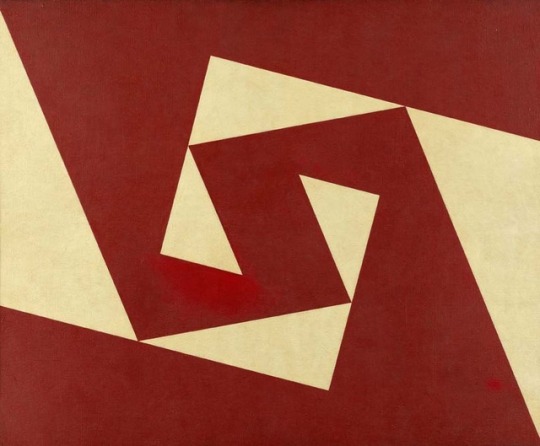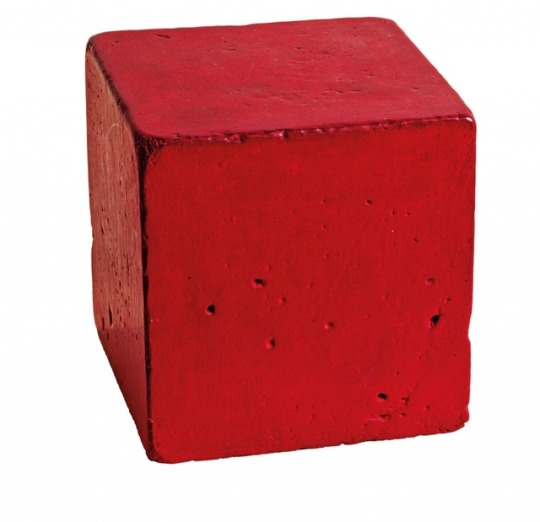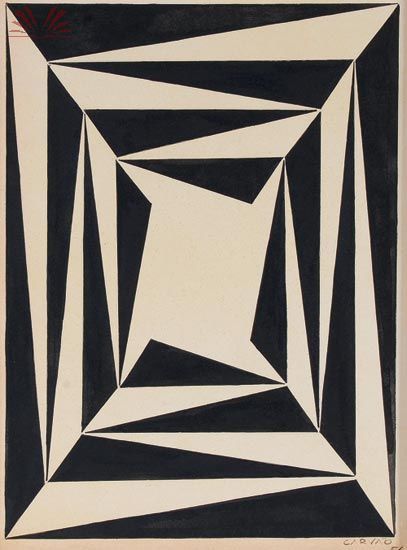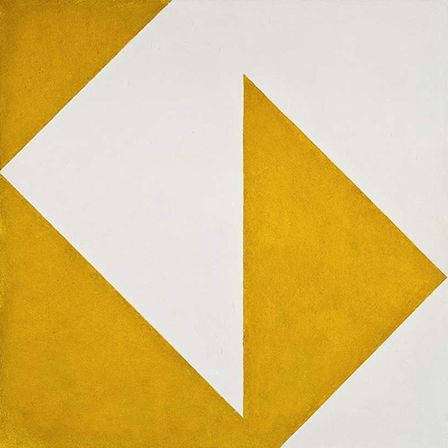#aluisio carvao
Photo

Aluisio Carvão, Composição nº 17, 1953, 81 59.5 cm.
329 notes
·
View notes
Photo

Aluísio Carvão , Clarovermelho, 1959
612 notes
·
View notes
Photo

Aluísio Carvão (Brazilian, 1920–2001)
Cubocor (Color Cube), 1960
Pigment and oil on cement, 16.5 × 16.5 × 16.5 cm
Private Collection, Rio de Janeiro
© Haus der Kunst, Munich, Germany
Cubocor is the color red cast into a cube. Color as sculpture became an object for the viewer to confront, rather than merely the artist’s expressionistic tool. In this way Carvão integrated sculpture into its surrounding space, thereby creating an encounter with the viewer.
Aluísio Carvão, a founding member of the Rio de Janeiro–based neo-concrete group, wanted to involve the viewer in the work of art by having the object share space with its audience. The viewer was invited to have an individual response to the work. Concrete art, by contrast, assumed a general, universal, and rational audience whose experience was based on passive gazing. Carvão, like other neo-concretists, would go on to explore kinetic and auditory aspects of art via unconventional materials like nails, string, and bottle caps.
From 1957 to 1960, Carvão developed his “Cromáticas” (Cromatics), a series of paintings without frames. By removing these boundaries, Carvão reimagined the relationship of painting to wall as one of exchange, whereas his earlier concrete paintings explored geometric and color relationships within the defined space of the canvas. In 1960, Carvão shifted from painting to sculpture, as he was increasingly unsatisfied with the capacity of concrete painting to fully express the experience of color as a thing in itself.
#aluisio carvao#aluísio carvão#neo concrete movement#brazilian art#latin american art#art#sculpture#lamerican concretism#lamerican artinfo#mu art#mu sculp#mu#haus der kunst
2 notes
·
View notes
Photo

Aluísio Carvão - Geométrico, 1954
487 notes
·
View notes


